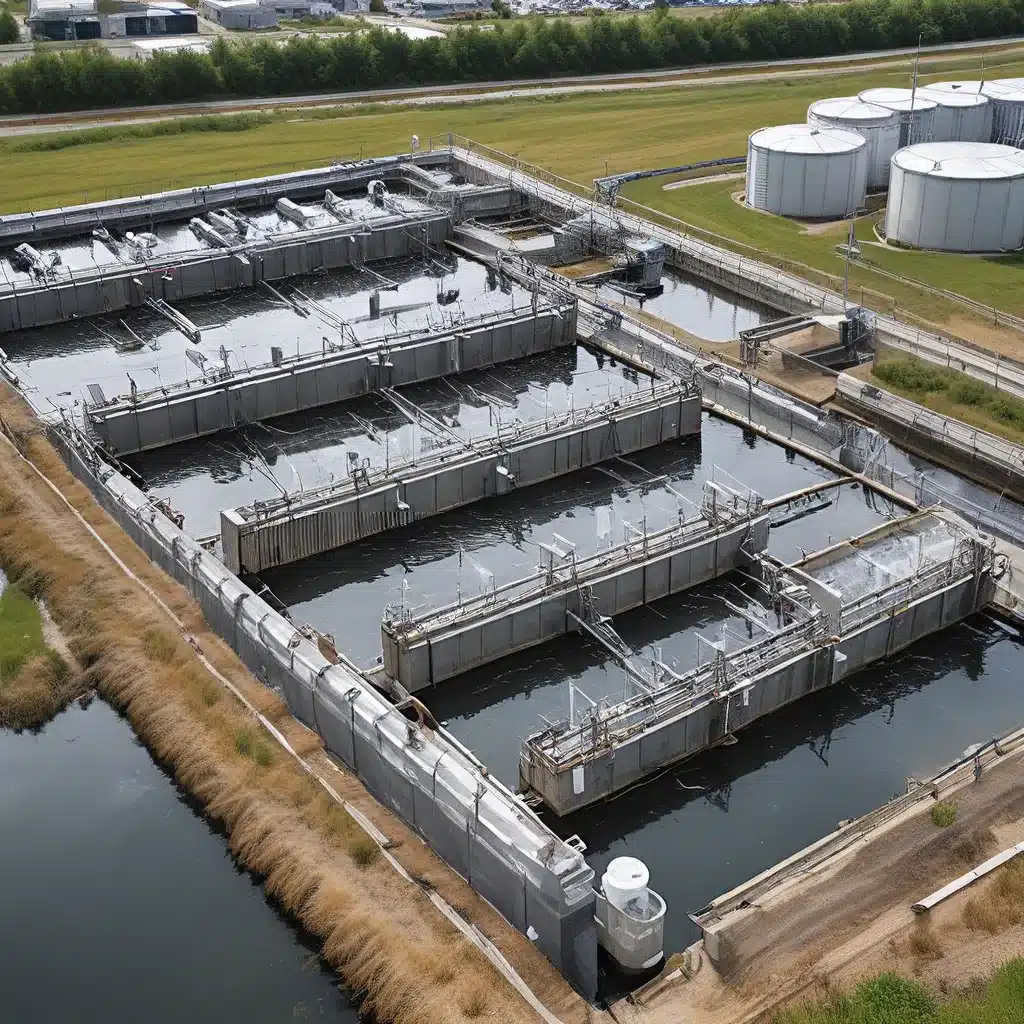
As someone deeply fascinated by the intersection of science, technology, and environmental sustainability, I’ve been captivated by the incredible potential of microbial fuel cells (MFCs) to revolutionize the way we approach wastewater treatment. Imagine a world where the very microbes responsible for breaking down organic matter in wastewater could also be harnessed to generate clean, renewable electricity. It’s a concept that may sound like something straight out of a sci-fi novel, but it’s very much a reality – and one that could have profound implications for the future of our water infrastructure.
Unlocking the Power of Microbes
Let’s start by delving into the basic premise of microbial fuel cells. These innovative devices essentially function as miniature power plants, using the metabolic processes of certain types of bacteria to convert chemical energy into electrical energy. Here’s how it works:
Certain microorganisms, known as exoelectrogens, have the remarkable ability to transfer electrons generated during their metabolic processes directly to an electrode. When these microbes are introduced into a wastewater treatment system and provided with a suitable anode and cathode, they can essentially “power” the system by generating a steady flow of electrons that can be captured and used to produce electricity.
It’s a fascinating concept, and one that’s been gaining traction in the scientific community. In fact, a recent study published in the journal Water found that MFCs have the potential to not only power wastewater treatment plants, but also to significantly reduce their energy consumption and greenhouse gas emissions.
The implications are staggering – by harnessing the power of microbes, we could potentially transform wastewater treatment from an energy-intensive process into a self-sustaining, and even energy-producing, system. Imagine a future where wastewater treatment plants are not only environmentally-friendly, but actually contribute to the grid, providing clean, renewable electricity to surrounding communities.
Overcoming the Challenges
Of course, as with any emerging technology, there are still a number of hurdles to overcome before MFCs can be widely adopted. One of the biggest challenges is optimizing the efficiency and scalability of these systems. Currently, the power output of individual MFCs is relatively low, and scaling up to the size necessary for large-scale wastewater treatment plants has proven to be a significant engineering challenge.
Another key issue is improving the durability and longevity of MFC components. The electrodes, membranes, and other critical parts need to be able to withstand the harsh conditions of wastewater treatment for extended periods without degrading. Researchers are constantly exploring new materials and designs to address these concerns.
Despite these obstacles, the scientific community remains optimistic about the potential of MFCs. A recent study published in the Frontiers in Energy Research journal, for example, highlighted several promising strategies for improving MFC performance, including the use of 3D-printed electrodes and the integration of renewable energy sources like solar and wind power.
The Environmental Impact
But the benefits of MFCs go far beyond just generating electricity. These systems also have the potential to significantly reduce the environmental impact of wastewater treatment. By harnessing the natural metabolic processes of microbes, MFCs can effectively break down organic matter and remove contaminants from the wastewater stream without relying on energy-intensive aeration or chemical treatment processes.
One study found that MFCs could potentially reduce the carbon footprint of wastewater treatment by up to 50%, compared to traditional methods. And with the added benefit of generating renewable electricity, the environmental impact of these systems could be even more significant.
Imagine a future where wastewater treatment plants are not only carbon-neutral, but actually net-positive in terms of their environmental impact. It’s a future that’s within our grasp, thanks to the incredible potential of microbial fuel cells.
A Promising Future
As I continue to explore the world of MFCs, I can’t help but feel a sense of excitement and optimism. This technology holds the promise of transforming the way we approach wastewater treatment, and in doing so, it could have a profound impact on the way we power our communities and protect our environment.
Of course, there’s still a lot of work to be done. Researchers and engineers are constantly pushing the boundaries of what’s possible, and I’m confident that with continued investment and innovation, we’ll see MFCs become an increasingly common fixture in wastewater treatment plants around the world.
In the meantime, I encourage you to keep an eye on this space. Visit Inland Waters, Inc. to stay up-to-date on the latest developments in MFC technology and other cutting-edge water treatment solutions. Who knows – with a little luck and a lot of hard work, we might just be able to harness the power of microbes to create a cleaner, more sustainable future for us all.


